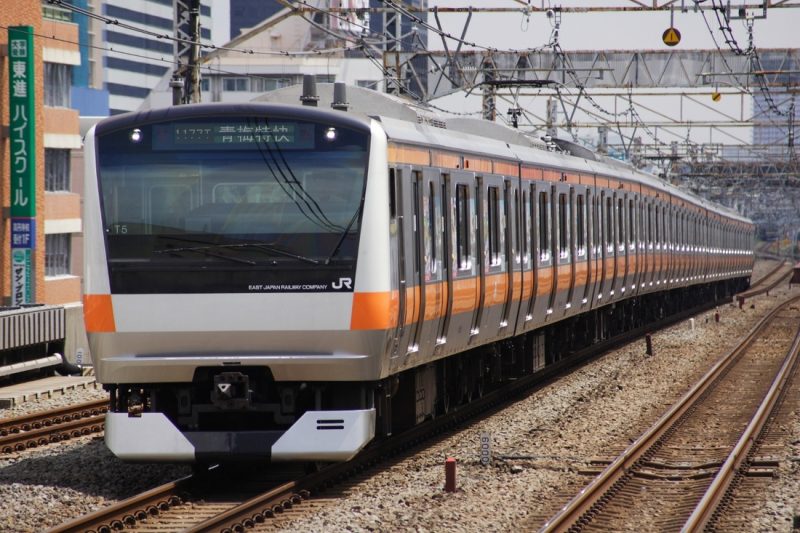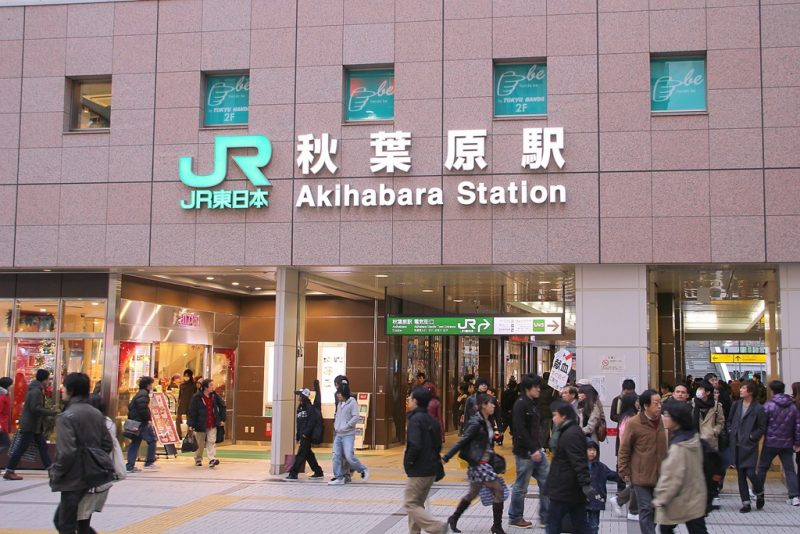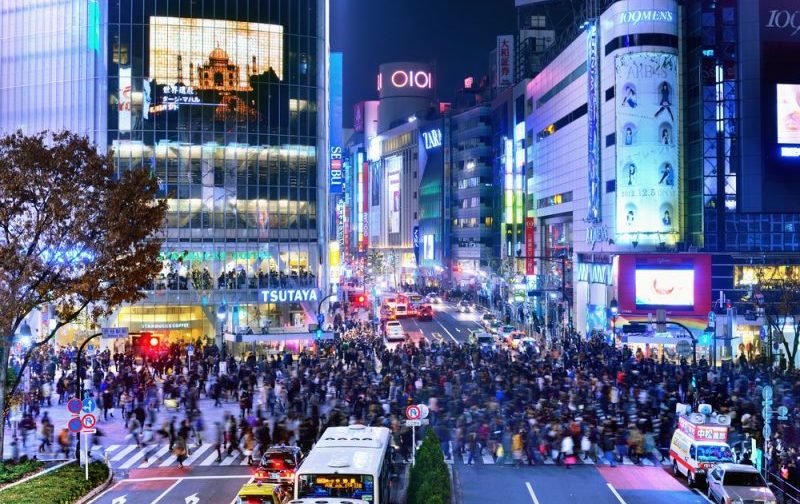In March of 2016, the Hokkaido Shinkansen, linking Aomori on Japan’s main island of Honshu with Hakodate on the island of Hokkaido via the Seikan Tunnel, was inaugurated.
Until then, access to Hokkaido was challenging, but now with only one transfer, you can get there faster. The Hokkaido Shinkansen will be extended to Sapporo, and it is scheduled to open by 2039.





